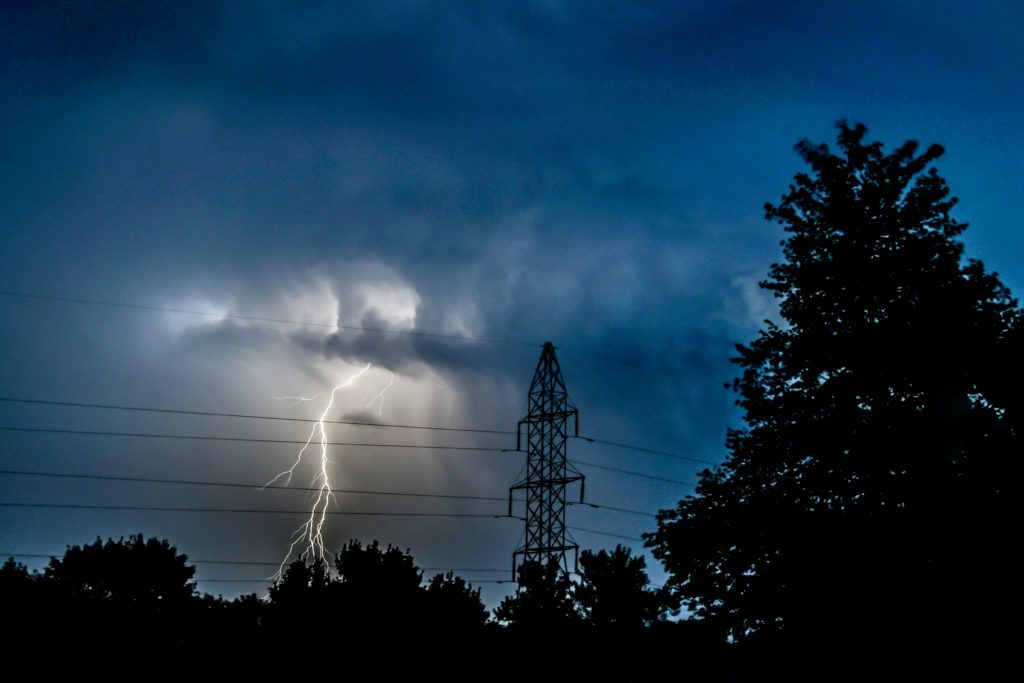
PFAS National Primary Drinking Water Regulation
THE RULE
As the lead federal agency responsible for protecting America’s drinking water, EPA is using the best available science on PFAS to set national standards. PFAS can often be found together in water and in varying combinations as mixtures. Decades of research shows mixtures of different chemicals can have additive health effects, even if the individual chemicals are each present at lower levels. The EPA has enacted the Fifth Unregulated Contaminant Monitoring Rule (UCMR5). UCMR5 requires public water systems to collect samples of 30 contaminants for three years, semi annually. They must inform the public of the level of PFAS measured in their drinking water and they must implement solutions to reduce PFAS in their drinking water to levels below the standards within five years.
In this final rule, EPA is setting limits for five individual PFAS: PFOA, PFOS, PFNA, PFHxS, and HFPO-DA (known as GenX Chemicals). And EPA is also setting a Hazard Index level for two or more of four PFAS as a mixture: PFNA, PFHxS, HFPO-DA, and PFBS.
| Chemical | Maximum Containment Level Goal (MCLG) | Maximum Containment Level (MCL) |
| PFOA | 0 | 4.0 ppt |
| PFOS | 0 | 4.0 ppt |
| PFNA | 10ppt | 10 ppt |
| PFHxS | 10ppt | 10 ppt |
| HFPO-DA (GenX chemicals) | 10 ppt | 10 ppt |
| Mixture of two or more: PFNA, PFHxS, HFPO-DA, and PFBS | Hazard Index of 1 | Hazard Index of 1 |
Maximum Contaminant Level (MCL): The highest level of a contaminant that is allowed in drinking water. MCLs are set as close to MCLGs as feasible using the best available treatment technology and taking cost into consideration. MCLs are enforceable standards. ppt: parts per trillion
Hazard Index (HI): The Hazard Index is a long-established approach that EPA regularly uses to understand health risk from a chemical mixture (i.e., exposure to multiple chemicals). The HI is made up of a sum of fractions. Each fraction compares the level of each PFAS measured in the water to the health-based water concentration.
What does this rule mean for Lewes BPW?
Lewes BPW has already begun the first step of monitoring and testing our water system. We currently submit samples and provide customers with our Consumer Confidence Report (CCR) annually through the Delaware Office of Drinking Water. In 2021, Lewes BPW elected to participate in PFAS testing (2021 results) through the State of Delaware. Lewes BPW has completed its first set of sample collection for UCMR5 in February 2023. Results of this testing can be found in the EPA’s Data Finder:
https://www.epa.gov/dwucmr/fifth-unregulated-contaminant-monitoring-rule-data-finder
To navigate this database scroll to the bottom of the page and begin to filter the results. Lewes BPW results can be found by selecting EPA Region 3, Delaware, and Public Water System (PWS) Lewes. This should display all testing results for our utility. EPA will be updating this database as new testing is completed.
Lewes BPW in coordination with our contract engineers GMB, the BPW began seeking funding in July of 2023 to help us conduct more in-depth and frequent testing related to emerging contaminants.
How will this rule impact water consumers?
This action will reduce exposure to PFAS for approximately 100 million Americans, saving thousands of lives and preventing tens of thousands of serious illnesses, including certain cancers and liver and heart impacts in adults, and immune and developmental impacts to infants and children.
Water systems that currently exceed the drinking water standard will have to switch to uncontaminated source waters or install treatment to assure their water complies with EPA’s PFAS standard. This will improve the quality and safety of drinking water, but it may result in increased drinking water costs for consumers.
What can you do to help?
By protecting our source of water, we can reduce the risk of exposure to contamination. Protecting our drinking water takes a community effort. Use these tips to do your part in protecting our water!
- Use non-toxic cleaning supplies for household cleaning
- Use natural pesticides and fertilizers, or at least use only when necessary.
- Cleanup up gasoline, solvents, and other chemicals
- Conserve water: https://www.lewesbpwde.gov/water-conservation/
- Remember to pick up animal waste
- Dispose of medications properly
- Shut off water while brushing your teeth
- Volunteer to help clean up local waterways
Disposing of hazardous waste and medications plays a crucial role in keep our drinking water safe. The Lewes BPW in partnership the Lewes Police Department host a Household Hazardous Waste and Drug Take Back Day bi-annually. Check the the BPW calendar for upcoming dates.
Resources
Delaware Office of Drinking Water

